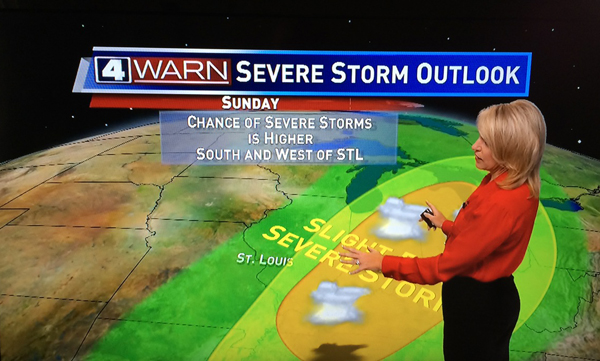Writer says Stanford J-School still around
15 August 2011
Dear Editor:
Congratulations on the publication of Gateway Journalism Review. I’m looking forward to seeing more of this important effort to build on the work of Charles Klotzer and his highly regarded St. Louis Journalism Review.
Meanwhile, I believe you owe your readers a correction and Stanford University an apology for the Summer 2011 article on “What J-school Closures At Top Universities Portend,” written by my friend and colleague Bill Babcock. The article lists Stanford among a handful of “impressive” universities whose journalism programs have been “dropped altogether, drastically downsized or morphed into communication programs.” In fact, Stanford’s commitment to journalism education has never been stronger.
It’s difficult to know where, precisely, Bill went wrong, because his article doesn’t include a single named source. But it wouldn’t have been very difficult to check Stanford’s journalism website (http://comm.stanford.edu/journalism/) to see what we’re doing and how we’re doing it. This year, for example, we’re offering 17-20 journalism courses, depending on what counts as a “journalism” course. These include no fewer than six specialized reporting and writing courses, from environmental journalism to covering Silicon Valley, taught by our core journalism faculty
of veteran journalists from The New York Times, The Washington Post and The Wall Street Journal.
Journalism education at Stanford began in 1911 with a couple of courses in the Department of English. It now resides mostly in the Department of Communication’s Graduate Program in Journalism, which I directed for 12 years. Ours is by design a small and intimate program, enrolling no more than 18 full-time students who are expected to complete the requirements for a master’s degree in one academic year. Most of these students receive full or partial tuition scholarships. Additionally, through their access to our journalism courses, along with a basic writing and reporting course we offer regularly, undergraduates can — and many do — fashion a rigorous and comprehensive undergraduate concentration in journalism.
I could go on and on about the value and virtues of Stanford’s journalism curriculum, but the point, simply, is this: It’s wholly inaccurate to portray Stanford University as having abandoned or in any way diminished its commitment to prepare students, graduate and undergraduate alike, for careers in journalism. On the contrary, we have more people teaching and studying journalism, with more and better resources, than ever before.
Theodore L. Glasser
Professor
Graduate Program in Journalism
Department of Communication
Stanford University
Stanford, California


“Writer says….”? It makes it sound like my opinion versus yours. Where’s the correction? The apology? What kind of press accountability is Gateway Journalism Review promoting?